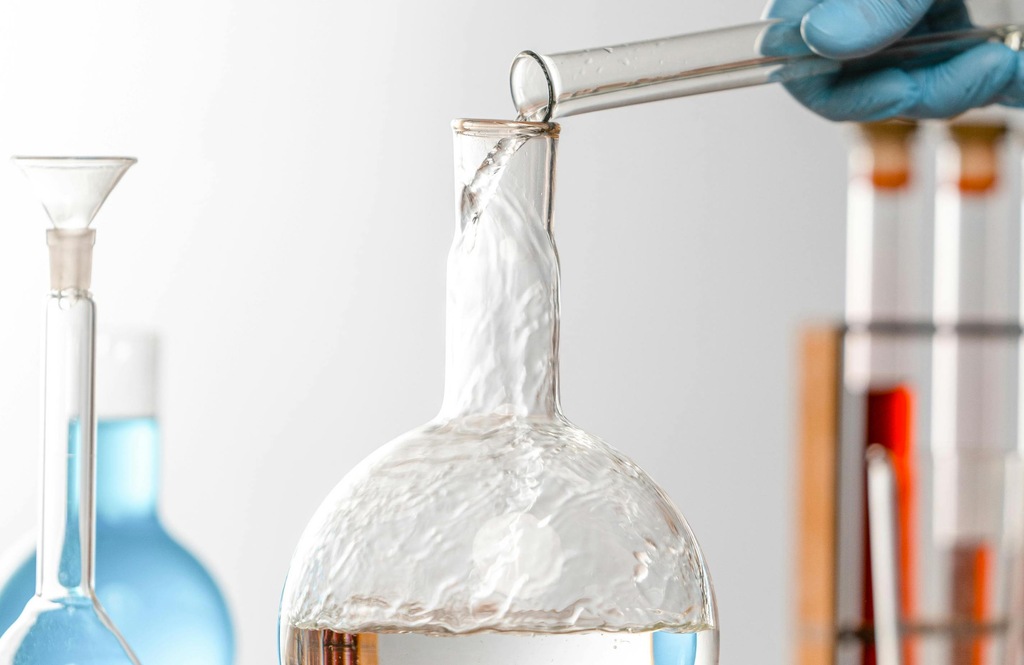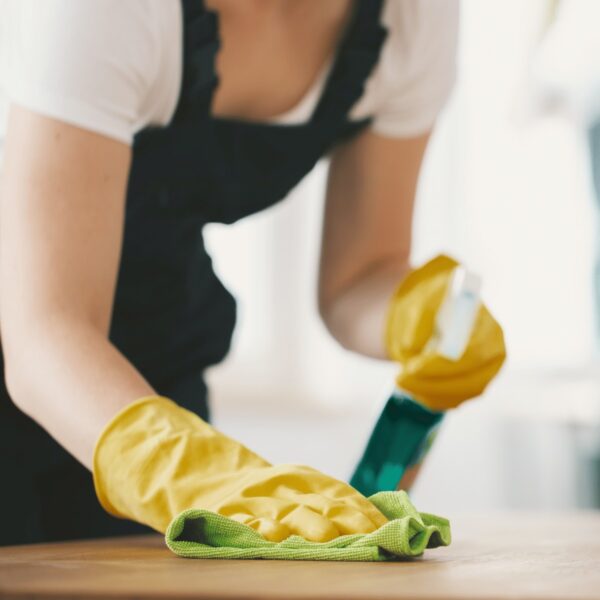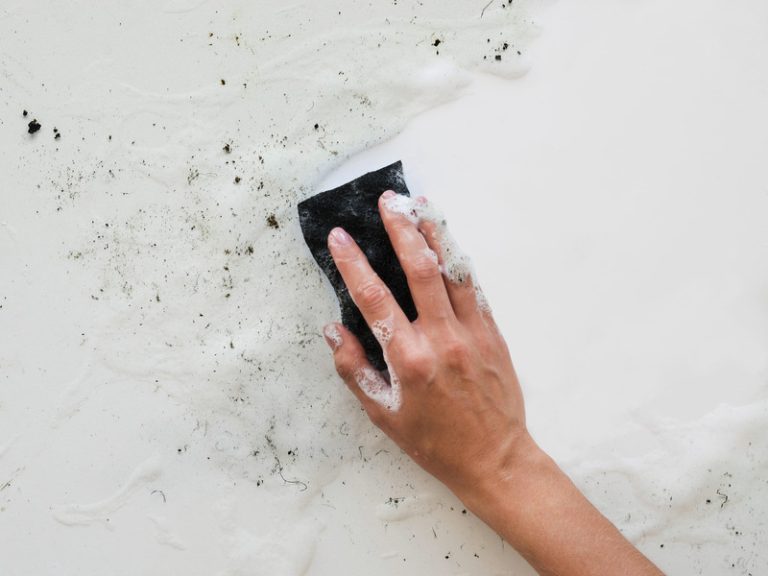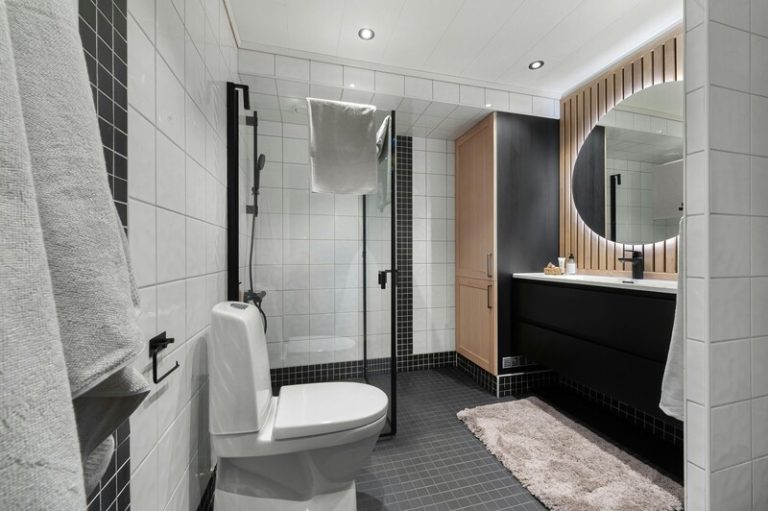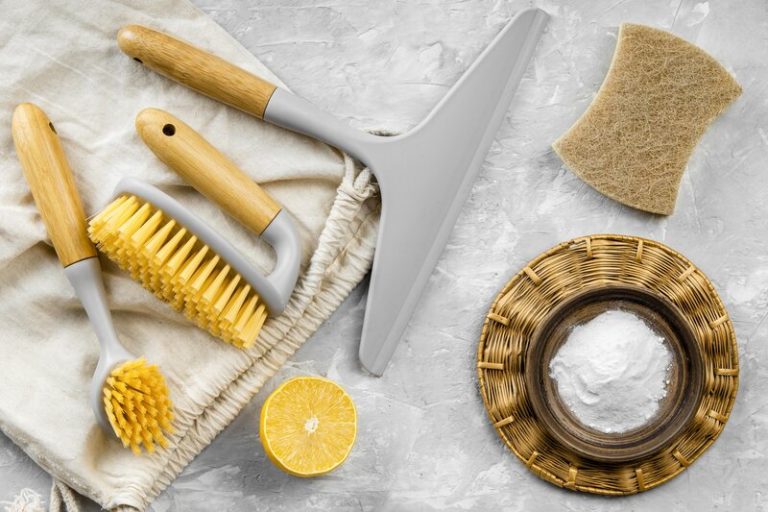Hydrogen peroxide for cleaning is a powerful and eco-friendly solution that tackles stains, disinfects surfaces, and freshens up your home with ease. Its ability to break down grime makes it ideal for various cleaning tasks, from kitchen countertops to bathroom tiles.
When it comes to cleaning stains with hydrogen peroxide, its oxidising properties help lift stubborn marks without the need for harsh chemicals. It works well on fabric, grout, and even cutting boards, making it a versatile addition to your cleaning routine.
For those seeking safer alternatives, eco cleaning products that incorporate hydrogen peroxide offer an effective and sustainable way to maintain a spotless home while reducing environmental impact.
What Is Hydrogen Peroxide?
Hydrogen peroxide for cleaning is a powerful, multi-purpose solution known for its disinfecting and stain-removing properties. It acts as an oxidising agent, breaking down dirt and bacteria on various surfaces. Unlike harsh chemicals, it offers a natural alternative for household cleaning, making it a preferred option for eco-conscious users.
How Does Hydrogen Peroxide Work as a Cleaning Agent?
The effectiveness of hydrogen peroxide for cleaning comes from its oxidising properties, which break down grime, bacteria, and stains. When applied to surfaces, it releases oxygen, lifting dirt while disinfecting. This makes it a valuable tool for maintaining hygiene in kitchens and bathrooms. Cleaning stains with hydrogen peroxide also helps brighten fabrics and remove odours.
What Types of Stains Can Be Cleaned with Hydrogen Peroxide?
Hydrogen peroxide for cleaning is highly effective against various stains, from organic spills to mineral deposits. It works on fabrics, countertops, and even bathroom tiles. Cleaning stains with hydrogen peroxide helps remove coffee spills, mould growth, and rust, making it a go-to solution for tackling tough household messes.
a. Organic Stains
Cleaning stains with hydrogen peroxide is particularly effective for organic messes like wine, coffee, and blood. This solution breaks down proteins and pigments, lifting stains without harsh scrubbing. For best results, apply hydrogen peroxide to fresh spills, let it sit, then rinse. It’s a safe, non-toxic option for fabrics and kitchen surfaces.
b. Inorganic Stains
Hydrogen peroxide for cleaning is excellent for removing rust, hard water stains, and mould. Its chemical reaction lifts stubborn deposits without damaging surfaces. Cleaning stains with hydrogen peroxide on tiles and grout helps prevent mould growth. To tackle rust, apply it directly, let it sit, then scrub for a refreshed surface.
How Do You Use Hydrogen Peroxide for Cleaning?
Using hydrogen peroxide for cleaning requires proper dilution and application techniques to ensure safety and effectiveness. Cleaning stains with hydrogen peroxide works best when the right concentration is used for each surface. From disinfecting kitchens to tackling stubborn stains, it’s a versatile addition to any cleaning routine.
a. Diluting Hydrogen Peroxide
Diluting hydrogen peroxide for cleaning is essential to balance effectiveness and safety. A common mixture is equal parts hydrogen peroxide and water for general use. Cleaning stains with hydrogen peroxide may require a stronger solution, especially for tough grime. Always test on a small area first to prevent surface damage.
b. Applying Hydrogen Peroxide to Stains
When cleaning stains with hydrogen peroxide, apply a small amount directly to the stain and let it bubble. This process lifts dirt and disinfects simultaneously. For deeper stains, allow it to soak before blotting with a cloth. Hydrogen peroxide for cleaning ensures effective stain removal without harsh scrubbing.
c. Precautions When Using Hydrogen Peroxide for Cleaning
While hydrogen peroxide for cleaning is generally safe, precautions are necessary. Avoid using it on delicate surfaces like untreated wood, as it may cause discolouration. Cleaning stains with hydrogen peroxide should be done in well-ventilated areas, and gloves are recommended when handling higher concentrations to prevent skin irritation.
What Are the Benefits of Using Hydrogen Peroxide for Cleaning?
Hydrogen peroxide for cleaning offers a wide range of benefits, from being an eco-friendly and non-toxic solution to being highly effective across various surfaces like kitchen counters and laundry fabrics. It’s an affordable option, easily available in stores, and promotes healthier living environments without harmful chemicals.
a. Non-toxic and Environmentally Friendly
Hydrogen peroxide for cleaning is non-toxic, making it safe for households with children and pets. Unlike harsh chemical cleaners, it decomposes into water and oxygen, reducing environmental impact. This makes it an ideal choice for improving indoor air quality, minimizing harmful fumes, and supporting eco-friendly cleaning practices.
b. Effective on a Variety of Surfaces
Hydrogen peroxide for cleaning works well on multiple surfaces, including glass, tiles, and worktops. It’s especially effective at eliminating bacteria, viruses, and stubborn stains. For kitchens and bathrooms, it disinfects and removes grime, while being gentle on materials like fabric when diluted. Always perform a spot test first.
c. Inexpensive and Easily Accessible
Hydrogen peroxide for cleaning is an affordable, accessible solution commonly found in supermarkets. At prices ranging from £0.50 to £3.00, it’s an economical option for disinfecting kitchen counters, removing stains, and supporting sustainable cleaning routines. It’s also safe for the environment as it breaks down into harmless byproducts.
Are There Any Risks or Side Effects of Using Hydrogen Peroxide for Cleaning?
Although hydrogen peroxide for cleaning is effective, it has potential risks such as skin irritation, damage to surfaces, and inhalation concerns. Being aware of these risks ensures proper handling and prevents adverse effects. Always follow recommended guidelines to ensure safe and efficient use of this powerful cleaner.
a. Skin Irritation
Hydrogen peroxide for cleaning can cause skin irritation, particularly with concentrated solutions. To prevent burns or itching, wear gloves when using it. Prolonged exposure may lead to redness or blisters. Always wash skin with soap and water if contact occurs and ensure the cleaning area is well-ventilated to minimize inhalation risks.
b. Damage to Certain Surfaces
While hydrogen peroxide for cleaning is versatile, it may damage delicate surfaces like wood, leather, or natural stone. Always perform a spot test on an inconspicuous area before broad application. For sensitive materials, use a lower concentration to reduce the risk of discoloration or surface damage.
c. Inhalation Risks
When using hydrogen peroxide for cleaning in poorly ventilated areas, inhaling fumes can pose health risks. Ensure the cleaning area is well-ventilated by opening windows and using fans to circulate air. Taking breaks outdoors helps reduce inhalation exposure, ensuring safe and effective use without compromising health.
What Other Uses Does Hydrogen Peroxide Have in Housekeeping and Cleaning?
Hydrogen peroxide for cleaning is not only useful for surfaces but also for other household tasks. It disinfects surfaces, removes mould and mildew, and brightens laundry. Whether it’s cleaning bathroom tiles or tackling stubborn stains, hydrogen peroxide is a versatile, eco-friendly cleaning agent that works across multiple applications.
a. Disinfecting Surfaces
Hydrogen peroxide for cleaning is excellent for disinfecting commonly touched surfaces like kitchen counters and doorknobs. Its antibacterial properties eliminate germs, contributing to a hygienic environment. Use a 3% solution, ensuring proper coverage, and always dry the surface afterward. It’s effective, eco-friendly, and a safer alternative to harsh chemical cleaners.
b. Removing Mold and Mildew
Hydrogen peroxide for cleaning effectively removes mould and mildew from hard surfaces. Apply a 3% solution to the affected area, leave it for 10 minutes, then scrub or wipe away. To prevent recurrence, ensure the area is well-ventilated and conduct regular checks for dampness. It’s a simple, eco-friendly solution to mould removal.
c. Whitening and Brightening Laundry
Hydrogen peroxide for cleaning works wonders in brightening and whitening laundry, serving as a gentler alternative to chlorine bleach. Add a cup of 3% hydrogen peroxide to your wash to lift stains and refresh fabrics. For tough stains, pre-soak in a diluted solution, and always test fabrics for colourfastness before use.
Hydrogen peroxide for cleaning is a versatile and eco-friendly solution, perfect for tackling stubborn stains and disinfecting various surfaces. By incorporating this simple yet effective ingredient into your routine, you can maintain a cleaner, healthier home with ease. Cleaning stains with hydrogen peroxide offers a safe and powerful method, leaving your surfaces fresh and spotless.
However, while hydrogen peroxide is a fantastic tool, it’s not always enough for deep cleaning tasks. Rather than spending time on extensive cleaning, consider using professional cleaning services from TEKA Cleaning at 01223 751 544.
We offer tailored services to suit your needs, from residential cleaning to carpet cleaning and end-of-tenancy cleaning, ensuring your space is spotless and well-maintained. Don’t risk missed spots—trust TEKA Cleaning for a thorough, guaranteed clean!
Read also:







